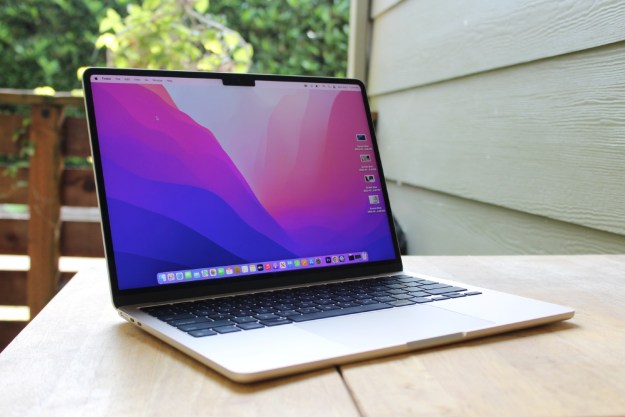Apple has launched the latest version of its Mac operating system, MacOS Monterey. First announced at WWDC 2021, the software has been in beta since the summer and is finally ready for release. Ready to run it? Here’s how to install MacOS Monterey.
It brings a slate of great new features to the Mac. You can copy and highlight text directly from photos using Live Text and create custom Do Not Disturb modes with various settings using Focus mode — two features that are also on iOS 15.

AirPlay and Shortcuts, longtime stalwarts on iOS, are now on the Mac for the first time. And Apple has introduced iCloud+, which adds premium features like email masking and iCloud Private Relay for no additional cost to existing iCloud paid plan subscribers.
Then there’s Shared with You, which adds a new section to apps like Photos, News, and Podcasts, showing relevant content that has been shared with you in the Messages app. You will see pictures and videos sent over Messages in the Photos app, for instance, and shared movies and shows in the TV app.
However, not everything Apple showed off at WWDC has made it into the final release, and the company has said a few headline features will be coming “later this fall.” Among the omissions is Universal Control, which lets you control a Mac and an iPad using a single keyboard and mouse. Place the devices next to each other and when your mouse pointer reaches the edge of one display, it can “jump” across to the other device. You can even use it to quickly move files from one platform to another. It could be Monterey’s best feature, but evidently is not yet ready for prime time.

Aside from Universal Control, another feature that is currently absent is SharePlay. This is aimed at FaceTime group calls, and allows participants to all watch the same content together. For example, you might want to share the latest episode of an Apple TV+ show and have a watch party with your friends while on a FaceTime call. SharePlay lets you do that — or rather, it will once it launches later this fall.
Apple says MacOS Monterey will run on the following devices:
- MacBook Air (early 2015 or later)
- MacBook Pro (early 2015 or later)
- 12-inch MacBook (early 2016 or later)
- iMac (late 2015 or later)
- iMac Pro (2017 or later)
- Mac mini (late 2014 or later)
- Mac Pro (late 2013 or later)
Some features, like Live Text and background blurring in FaceTime, will be exclusive to Apple Silicon Macs and unavailable on Intel-based machines.
If your Mac will run MacOS Monterey and you want to get started, we’ve put together an easy guide on how to install MacOS Monterey on your Apple computer.
Editors' Recommendations
- Does your Mac need antivirus software in 2024? We asked the experts
- Don’t download the latest macOS Ventura update just yet
- I was wrong about using Stage Manager on Mac
- 10 Mac trackpad gestures that everyone should be using
- Apple quietly backtracks on the MacBook Air’s biggest issue




